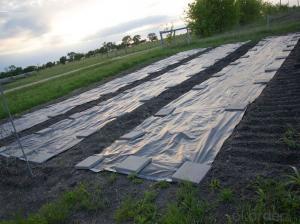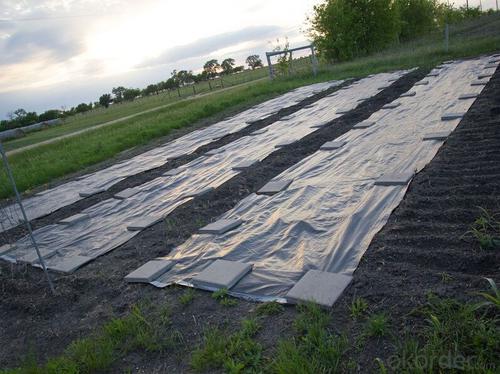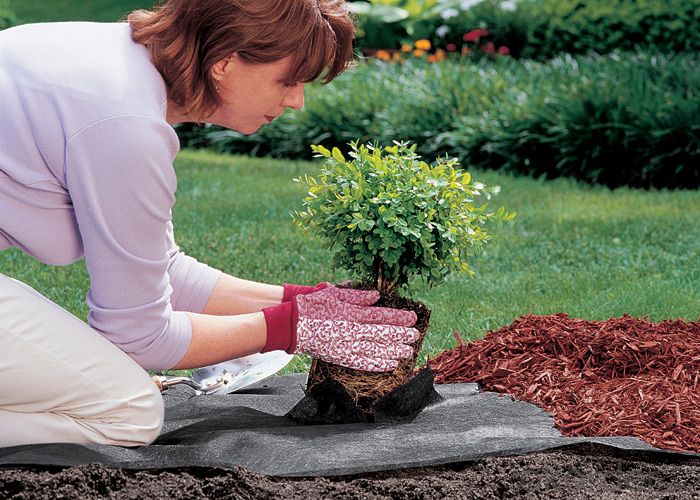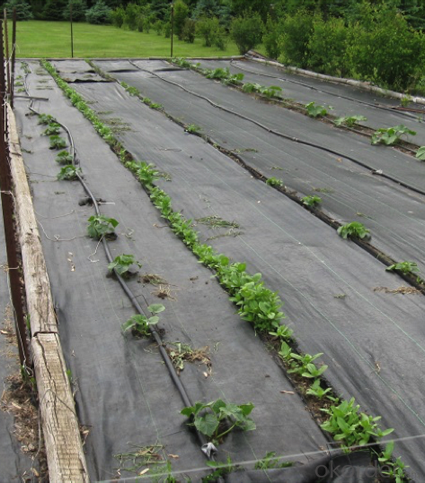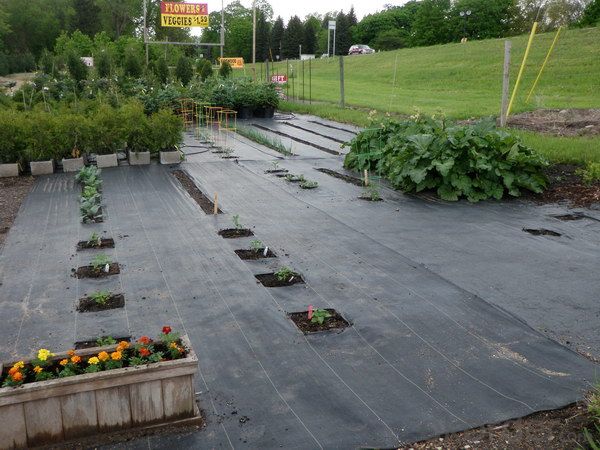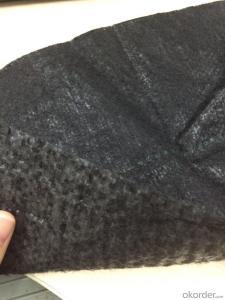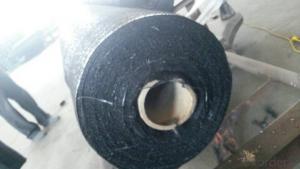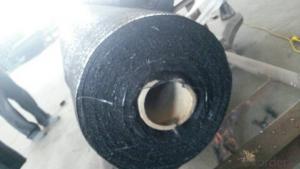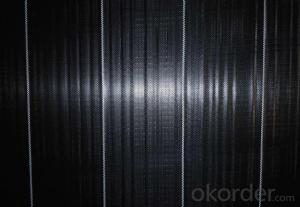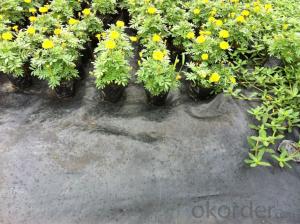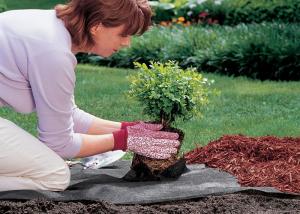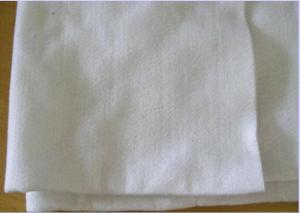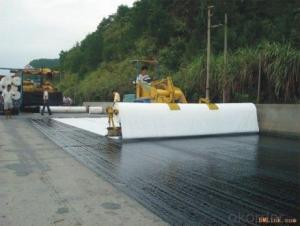Aos Geotextile Silt Fence with Pocket & Wooden Stake/Polypropylene Woven Fabric
- Loading Port:
- China main port
- Payment Terms:
- TT OR LC
- Min Order Qty:
- 5000 roll
- Supply Capability:
- 100000 roll/month
OKorder Service Pledge
OKorder Financial Service
You Might Also Like
1. Woven Fabric Introduction
Polypropylene fabric is made of environmentally friendly raw materials, pp spunbond nonwoven fabric. It used to prevent the growth of weed, without the use of potentially dangerous chemical sprays or labor intensive hoeing. Once installed, weed mat will continue providing protection for years without maintenance.
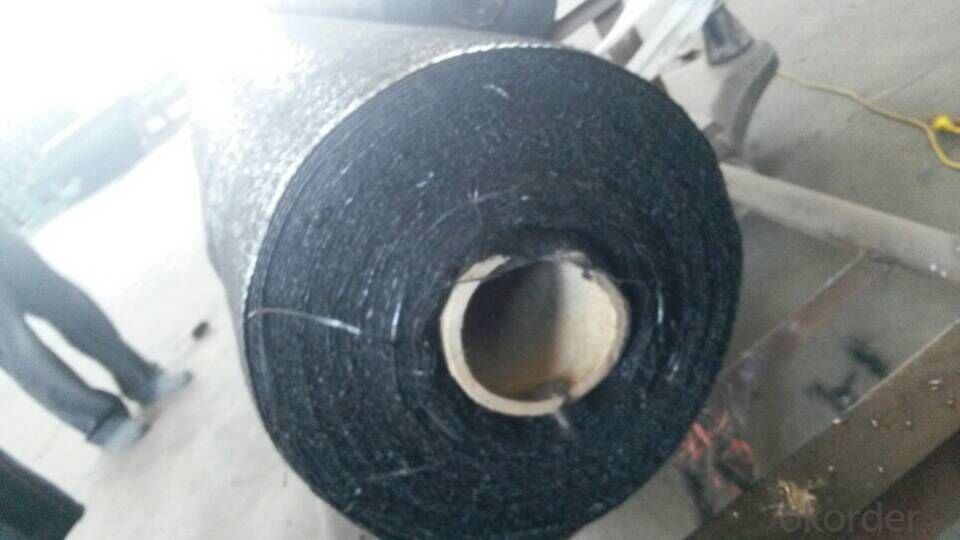
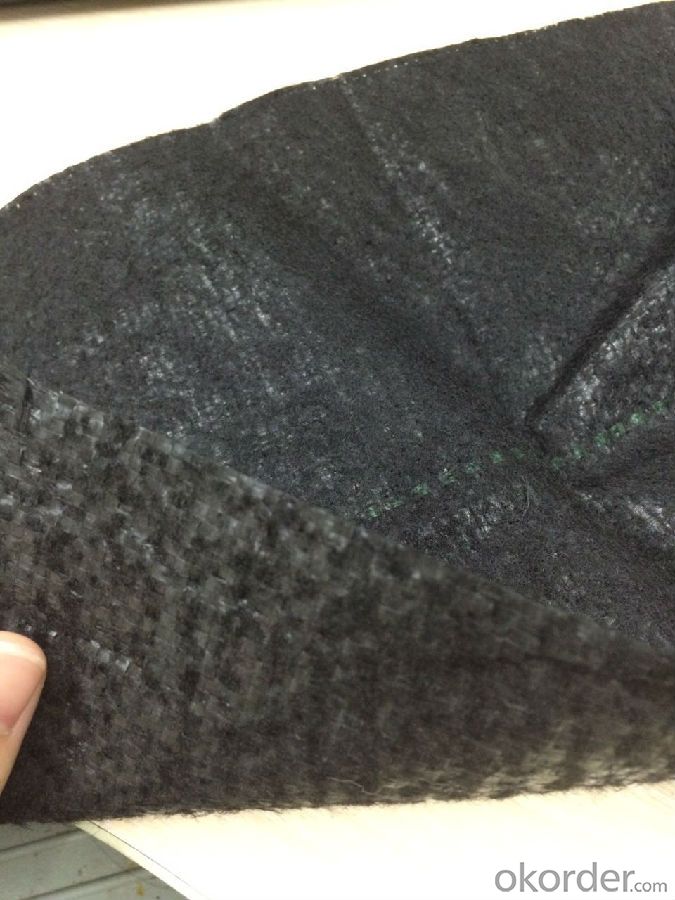

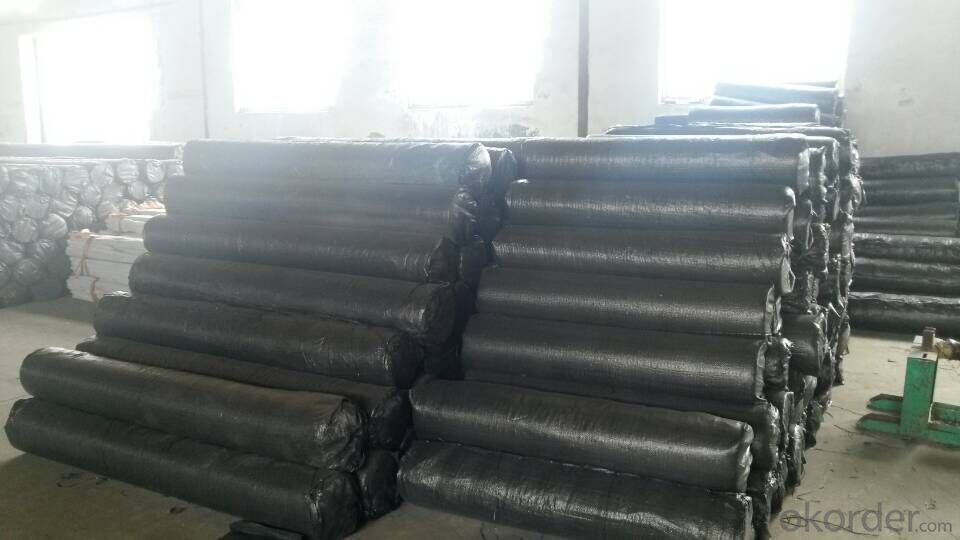
2. Woven Fabric Feature:
1. Weed suppressant and drainage control landscaping fabric
2. Spun bonded non-woven fabric – will not fray when cut
3. Easy to use
4. Environmentally friendly
5. Allows water, air and nutrients through, suppressing weeds without the use of chemicals
6. Good alternative to Plantex® where cost is a factor
7. UV Stabilised
8. Reduces the level of watering required due to the slower rate of water evaporation
3. Woven Fabric Function:
1. Cover crops in the ground surface,prevent weeds and against the insect
2. Controlling soil humidity and the temperature
3. Does not affect the growth of the crops
4. Protects plants from harmfully solar radiation
5. Air permeability, water permeability help crops growth.
6. Mothproof, eco-friendly, breathable, anti-bacteria, tear-resistant, fusible
4. Woven Fabric Applications:
1. Weed block for landscaped garden beds
2. Permeable liners for planters (stops soil erosion)
3. Weed control under wooden decking
4. Geotextile for separating aggregate / soils under walkway blocks or bricks
5. Assists in preventing paving from settling unevenly
6. Landscape fabric prevents soil erosion
5. FAQ:
Q1: What is your minimum order quantity?
A:The minimum order quantity is 5000 ,but it is negotiable.
Q2:What is your payment terms?
A: T/T,Western Union,Paypal,L/C...
Q3:What is your delivery time?
A:Production time usually costs 2-20 days.
Waiting to cooperate with you!
- Q: Are geotextiles used in landfill construction?
- Yes, geotextiles are commonly used in landfill construction. They are used as a barrier to control soil erosion, filtration of water, and separation of different layers within the landfill. Geotextiles help to enhance the stability and longevity of the landfill infrastructure.
- Q: Geotextile in the asphalt layer under what role
- Geotextile play the role of reinforcement, protection.
- Q: Geotextile is what is the role to play with what?
- Geotextile can seep the water penetration, so its use a lot of floods covered in the embankment on the isolation of water supply to the earth dam erosion, placed around the pool to prevent the water inside the pool into the earth, laying in the pollutant storage site to prevent contaminants contaminated land And groundwater, and so on
- Q: How do geotextiles contribute to the longevity of geosynthetic clay liners?
- Geotextiles contribute to the longevity of geosynthetic clay liners by providing additional protection and reinforcement. They act as a barrier, preventing the intrusion of fine particles into the clay liner, which can cause clogging and reduce its effectiveness. Geotextiles also help distribute loads evenly, reducing stress on the clay liner and preventing its deformation or failure. Additionally, they enhance the drainage properties of the liner by facilitating the flow of water, reducing the risk of pore pressure build-up. Overall, geotextiles play a crucial role in enhancing the durability and lifespan of geosynthetic clay liners.
- Q: How do geotextiles improve the performance of geocomposites?
- Geotextiles improve the performance of geocomposites by providing reinforcement, filtration, and separation functions. They enhance the strength and stability of the composite by distributing loads and reducing soil movement. Geotextiles also prevent the mixing of different materials within the composite, ensuring efficient drainage and filtration of liquids while maintaining the integrity of the structure. Additionally, they help to control erosion and provide long-term durability, ultimately enhancing the overall performance and effectiveness of geocomposites.
- Q: How do geotextiles help with soil reinforcement in geogrid applications?
- Geotextiles help with soil reinforcement in geogrid applications by acting as a separator and providing confinement to the soil particles. They prevent the intermixing of fine and coarse particles, improving the stability and load-bearing capacity of the soil. Additionally, geotextiles distribute the load over a larger area, reducing localized stresses and preventing soil erosion.
- Q: Can geotextiles be used in shoreline stabilization projects?
- Yes, geotextiles can be used in shoreline stabilization projects. Geotextiles are often used to control erosion, prevent soil displacement, and provide stability to shorelines by acting as a barrier against water flow and wave action. They can help to reinforce the soil and provide long-term protection to shorelines, making them a valuable tool in shoreline stabilization projects.
- Q: How do geotextiles help in preventing the migration of fine particles in soils?
- Geotextiles help in preventing the migration of fine particles in soils by acting as a barrier or filter that allows water to pass through while retaining the particles. This prevents the particles from being eroded or washed away by water flow, thereby stabilizing the soil and reducing the risk of erosion.
- Q: How do geotextiles help with load transfer in foundation systems?
- Geotextiles help with load transfer in foundation systems by providing a stable and strong layer of reinforcement. They distribute the load from the structure evenly to the underlying soil, preventing differential settlement and improving overall stability. Additionally, geotextiles can enhance the bearing capacity of weak soils and minimize the potential for erosion, thus increasing the longevity and performance of the foundation system.
- Q: Can geotextiles be used in the protection of groundwater sources?
- Yes, geotextiles can be used in the protection of groundwater sources. Geotextiles are permeable fabrics that can effectively filter and separate soil particles, preventing them from contaminating groundwater sources. They can be used in various applications such as erosion control, drainage systems, and landfill liners to ensure the protection and preservation of groundwater quality.
Send your message to us
Aos Geotextile Silt Fence with Pocket & Wooden Stake/Polypropylene Woven Fabric
- Loading Port:
- China main port
- Payment Terms:
- TT OR LC
- Min Order Qty:
- 5000 roll
- Supply Capability:
- 100000 roll/month
OKorder Service Pledge
OKorder Financial Service
Similar products
Hot products
Hot Searches
Related keywords
